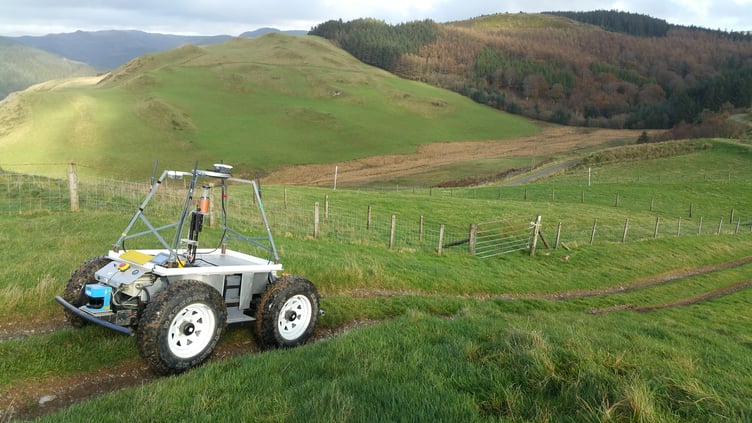Robots could help track biodiversity loss across the world’s land masses, according to a new study involving Aberystwyth scientists.
Already widely used for monitoring ocean ecosystems, the use of robotic and autonomous systems for observing biodiversity on-land has not previously been extensively researched.
Dr Fred Labrosse from Aberystwyth University’s Department of Computer Science is part of the first systematic attempt to evaluate the technology’s potential to look at changes in plant and animal life across the planet.
Experts from more than a hundred countries collaborated on the study, which explored how technology could help conservationists accurately track species’ population changes.
Specialists identified four main types of barriers to biodiversity monitoring: site access, species identification, handling and storing data, and power and connectivity.
Experts then identified technologies that could overcome those barriers and how they could work in extreme environments.
The study published in Nature Ecology & Evolution, considered both the challenges and the opportunities of using robots for monitoring biodiversity.
Key benefits include the ability to survey over large spatial scales, identify species in real-time, and handle high data volumes.
Challenges that would need to be overcome include the need for high volumes of ‘training data’ for machine learning for species identification and power availability limitations.
The research concluded that automated and robotic technology would be a useful way to supplement, rather than replace, existing methods.
Dr Labrosse said: “Our study highlighted the difference made by adopting an interdisciplinary approach.
“It provided an opportunity for robotics experts to understand the challenges of biodiversity monitoring, and for conservationists to learn about cutting-edge technology which could assist them.
“It was a real meeting of minds and showcased the importance of collaboration between biodiversity specialists and robotic scientists to pave the way for effective co-development of future technologies and innovations.”





Comments
This article has no comments yet. Be the first to leave a comment.